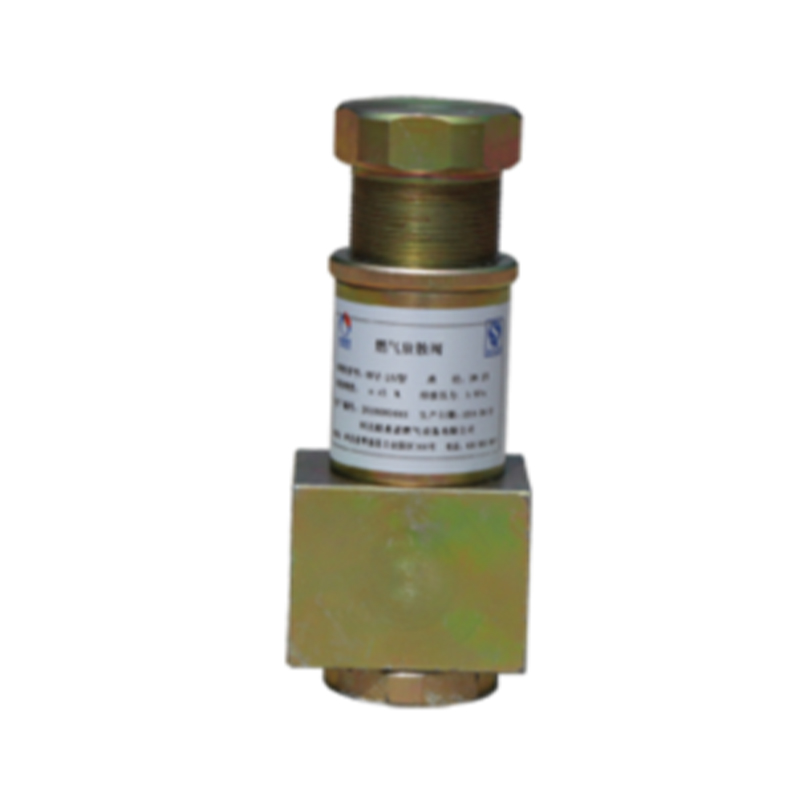
Oct . 16, 2024 03:35
Back to list
صمام الغاز الطبيعي
Understanding Natural Gas Regulators Key Elements and Functionality
Natural gas is a vital energy source that powers homes, industries, and vehicles worldwide. To ensure the safe and efficient distribution of this resource, various components are utilized within the gas supply system, among which natural gas regulators play a crucial role. This article explores the significance, functionality, and types of natural gas regulators.
At its core, a natural gas regulator is a device that controls the pressure of natural gas as it flows from high-pressure supply lines to lower-pressure systems that use the gas. The importance of regulators cannot be overstated. They not only ensure that gas is delivered at a safe pressure but also prevent fluctuations that could lead to appliance malfunction or even hazardous situations.
Natural gas comes from multiple sources, including natural gas wells, shale formations, and biogas sources. Once extracted, the gas is often under high pressure for transportation through pipelines. As the gas approaches residential or commercial units, the pressure must be reduced to a manageable level. This is where regulators come into play.
.
There are several types of natural gas regulators, each designed for specific applications and environments. The most common types include
صمام الغاز الطبيعي

1. First Stage Regulators These are typically used in distribution systems to reduce the high-pressure gas from transmission lines to a medium pressure suitable for further regulation.
2. Second Stage Regulators These regulators further reduce pressure to a low level suitable for residential or commercial use. They ensure that the pressure delivered to appliances remains stable and within the required range.
3. Lock-Up Regulators Designed to prevent backflow, lock-up regulators feature a mechanism that completely shuts off the gas supply in case of excessive downstream pressure, enhancing safety.
4. Vent Limiters These regulators minimize gas venting during low demand periods, thereby reducing losses and increasing efficiency in the system.
In conclusion, natural gas regulators are essential components of the gas distribution system, providing safety, efficiency, and reliability. As the world shifts toward cleaner energy sources, understanding these devices becomes increasingly important for ensuring that natural gas can be a sustainable option for the future. Proper installation, maintenance, and replacement of regulators can significantly impact the performance of gas appliances and the overall safety of natural gas systems. As we continue to harness the power of natural gas, regulators will remain at the forefront of energy management and safety.
Latest news
-
Safety Valve Spring-Loaded Design Overpressure ProtectionNewsJul.25,2025
-
Precision Voltage Regulator AC5 Accuracy Grade PerformanceNewsJul.25,2025
-
Natural Gas Pressure Regulating Skid Industrial Pipeline ApplicationsNewsJul.25,2025
-
Natural Gas Filter Stainless Steel Mesh Element DesignNewsJul.25,2025
-
Gas Pressure Regulator Valve Direct-Acting Spring-Loaded DesignNewsJul.25,2025
-
Decompression Equipment Multi-Stage Heat Exchange System DesignNewsJul.25,2025

